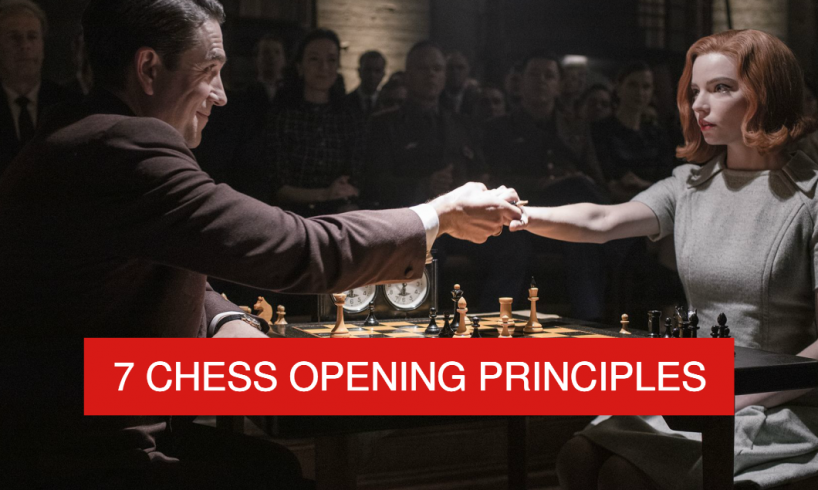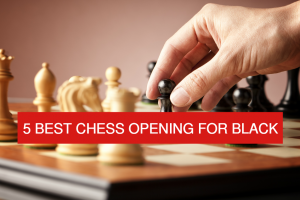
A good Chess opening move will gain you advantage in the early game and also lays the foundation for your middle game.
Many beginner players memorize the first few most popular opening moves in chess, but they don’t know why these moves are frequently played.
Yes it’s important to memorizing several opening moves because some chess openings are better than others. But it’s more important to understand the concept. Recognizing the best openings can increase your confidence in the beginning phase of the game.
So here are 7 basic principles of Chess opening moves that you should master if you want to better your Chess game!
NOTE: While there are exceptions to every rule in chess, you need to be quite a strong player before you’re truly ready to decide which ones to break.
Rule #1 – Develop Your Pieces!
This is the absolute number 1 most important rule of the opening. Develop your position by getting all of your pieces out as fast as possible. Using your entire army is an absolute must when playing chess at a high level.
Rule #2 – Control The Center
As you play more Chess games, you’ll notice that the most important area of the board is the centre – which is, the squares e4, d4, e5 and d5.
By developing the pieces towards the center, you would be able to control the chess key squares. Once you have control over the center in the game, then you have the opportunity of controlling the game.
Rule #3 – Don’t Move Too Many Pawns
Of course you need to move at least a couple of pawns in the opening to let your pieces out. But don’t move too many, remember once pawns move forward then they can’t go back!
Rule #4 – Don’t Move Your queen Out Too Early
Wait, wait.. Wasn’t the first rule is to develop the pieces? So why Queen shouldn’t move out early? Well, think about it: The Queen is the most valuable piece besides the King.
If you move your Queen out too early, then the opponent can easily attack her. When your Queen gets attacked then most probably you will need to move her again – which brings us to the fifth rule below!
Rule #5 – Don’t Move The Same Piece Twice Before Move 10
It’s absolutely vital to not waste a single move in developing your pieces.
If you start moving the same piece around while your other pieces are still on their starting squares, you’re losing TEMPO. The only time you should move a piece twice is if you need to capture an enemy piece.
Rule #6 – Castle Early & Connect Both Rooks
Normally, castling should even be possible before move 8. Once the pieces start coming out, the King will begin to look vulnerable in the centre of the board.
Castling is the most efficient way to safe-guard your King, get your rook(s) into the game, and coordinate your army all in one move. So you should try and make sure your king gets castled early in the game.
Rule #7 – Win The Tempo
When you bring out a new piece and it makes the opponent move one they already had developed, it’s like you get an extra turn. They waste their move on defense and you “gain a tempo”. This can lead into you controlling the game!
Final Verdict
Now you know the basic principles and strategies in the Chess opening!
I hope that you find them very useful. Use these 7 principles to help advance your game even if you are more advanced.
Remember that these are only general principles and there are plenty exceptions to the rules. Good players know when to break the rules, but to do that you must first learn how to follow them. Overall, in Chess it’s always better to be the attacker. Defending is harder work and leads to more mistakes.




